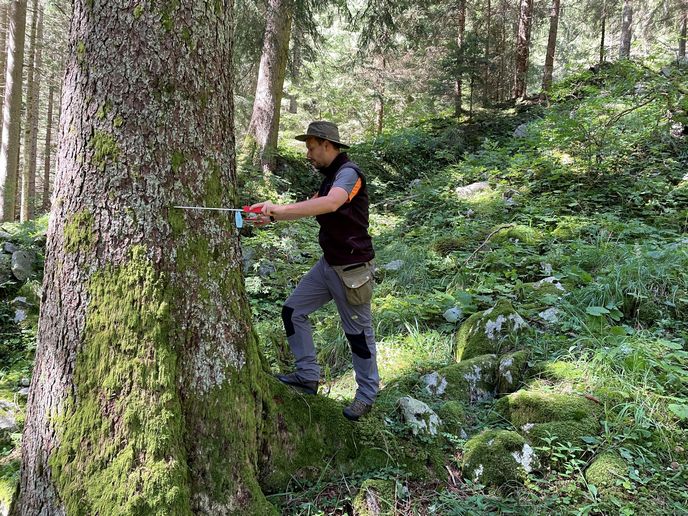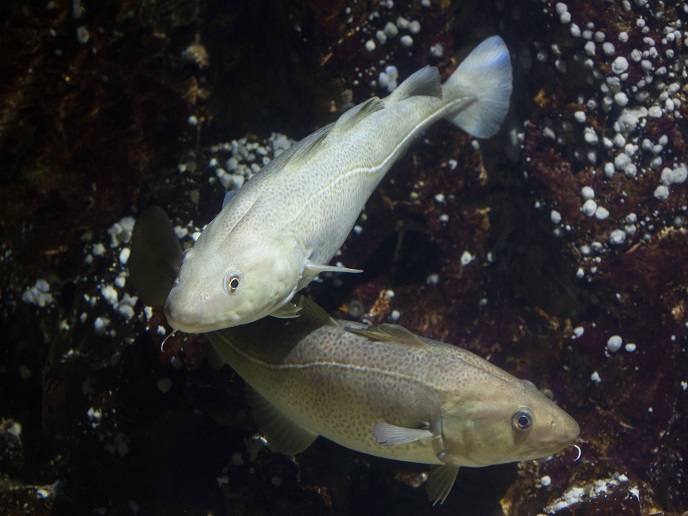Advanced computational tools reveal essential forest management strategies
Human-driven climate change is much faster than the pace of adaptation of tree species. As a result, drastic changes are expected in forests in the coming decades, not only due to warming but also to increasing natural disturbances associated with it. Many studies have focused strictly on the effect of changing climate, but sudden changes often happen because of natural disturbances and land use impacts. With the support of the Marie Skłodowska-Curie Actions(opens in new window) (MSCA) programme and under the supervision of Erich Tasser of Eurac Research(opens in new window), the REINFORCE(opens in new window) project used spatially explicit forest models to integrate all these factors.
Dynamic landscape modelling, functional diversity analysis and network analysis
MSCA fellow Marco Mina, also of Eurac Research(opens in new window), harnessed mathematical tools to understand dynamic changes in forests in response to changes in their environment. Dynamic landscape models simulate ecological processes over time, capturing changes in space at the landscape scale. “They are the most promising to deliver robust projections in a future characterised by environmental changes(opens in new window),” Mina notes. Functional diversity analysis and network analysis are relatively new concepts in forest science. As Mina explains, “it has been suggested that indicators based on species functional traits and network connectivity may be useful as proxies for ecological resilience. In other words, the more diversified a forest is in terms of the functional traits of the species within it, the more it may be able to cope with natural disturbances and adapt to change.”
Simulation experiments in diverse forest stands
Using data from a large landscape in North America, Mina compared alternative forest management strategies, including one based on the principles of functional diversification and network analysis. “We demonstrated that adopting landscape-scale perspective by planning interventions strategically in space to diversify forests is promising for enhancing ecological resilience under unexpected global change stressors,” Mina explains. In addition, “we also used dynamic forest models to investigate ecosystem services provided by forests in the Italian Alps. We delivered important outcomes unexpected at project start and I was able to expand my area of expertise,” notes Mina. For example, one simulation study(opens in new window) focusing on protective forests (those on steep terrain that protect against natural hazards) revealed a different effect of climate change on mountain and subalpine forests, highlighting the need of local-scale models in topographically complex territories, such as the Alps.
Dynamically moving forward – a forest modelling ecosystem
“Until recently, biodiversity was considered one of many ecosystem services provided by forests. It is now recognised as the backbone of forest resilience and adaptive capacity. A more functionally diverse forest is a more resilient forest and thus with a higher capacity of maintaining carbon sequestration. My mission is to propose forest management strategies that can optimise both biodiversity and productivity,” Mina explains. That mission continues, bringing others along as well. Mina will continue REINFORCE’s activities as senior researcher at the Institute for Alpine Environment at Eurac Research and via his collaboration with other European and international projects. Dynamic models and data used in REINFORCE are publicly available, supporting the ecological modelling community as a team with the potential to contribute to biodiversity conservation and increased forest resilience to current and future threats.







